Global Volcanism Program
Por um escritor misterioso
Last updated 02 setembro 2024

Volcán Copahue is an elongated composite cone constructed along the Chile-Argentina border within the 6.5 x 8.5 km wide Trapa-Trapa caldera that formed between 0.6 and 0.4 million years ago near the NW margin of the 20 x 15 km Pliocene Caviahue (Del Agrio) caldera. The eastern summit crater, part of a 2-km-long, ENE-WSW line of nine craters, contains a briny, acidic 300-m-wide crater lake (also referred to as El Agrio or Del Agrio) and displays intense fumarolic activity. Acidic hot springs occur below the eastern outlet of the crater lake, contributing to the acidity of the Río Agrio, and another geothermal zone is located within Caviahue caldera about 7 km NE of the summit. Infrequent mild-to-moderate explosive eruptions have been recorded since the 18th century. Twentieth-century eruptions from the crater lake have ejected pyroclastic rocks and chilled liquid sulfur fragments.
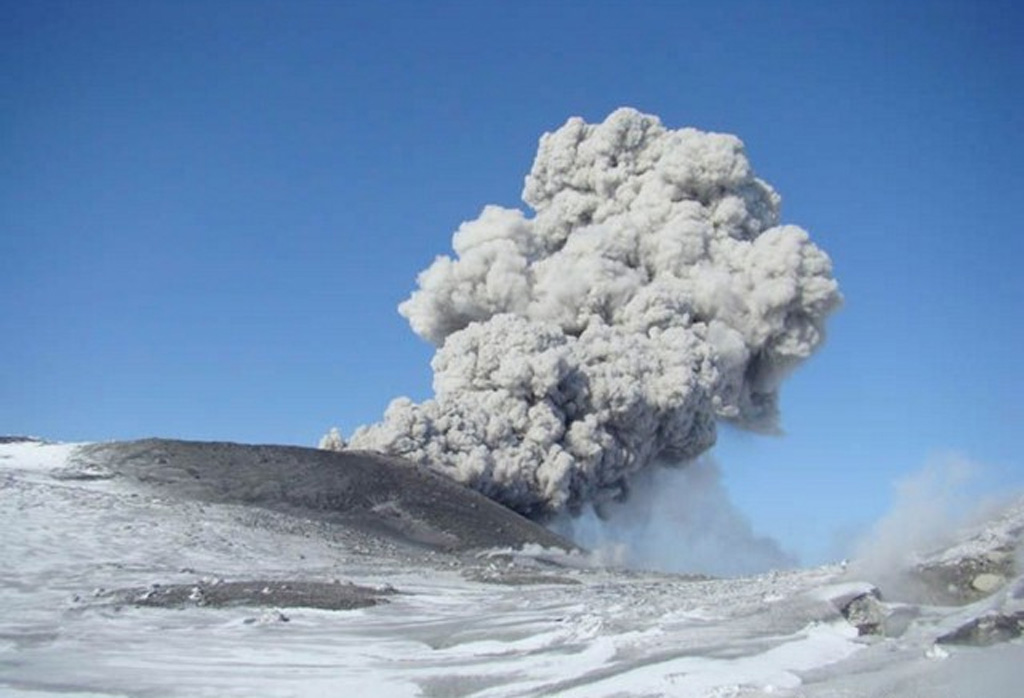
Smithsonian Institution - Global Volcanism Program: Worldwide Holocene Volcano and Eruption Information

Volcanoes of the World - Global Volcanism Program

Timeline of eruption history based on the Global Volcanism Program
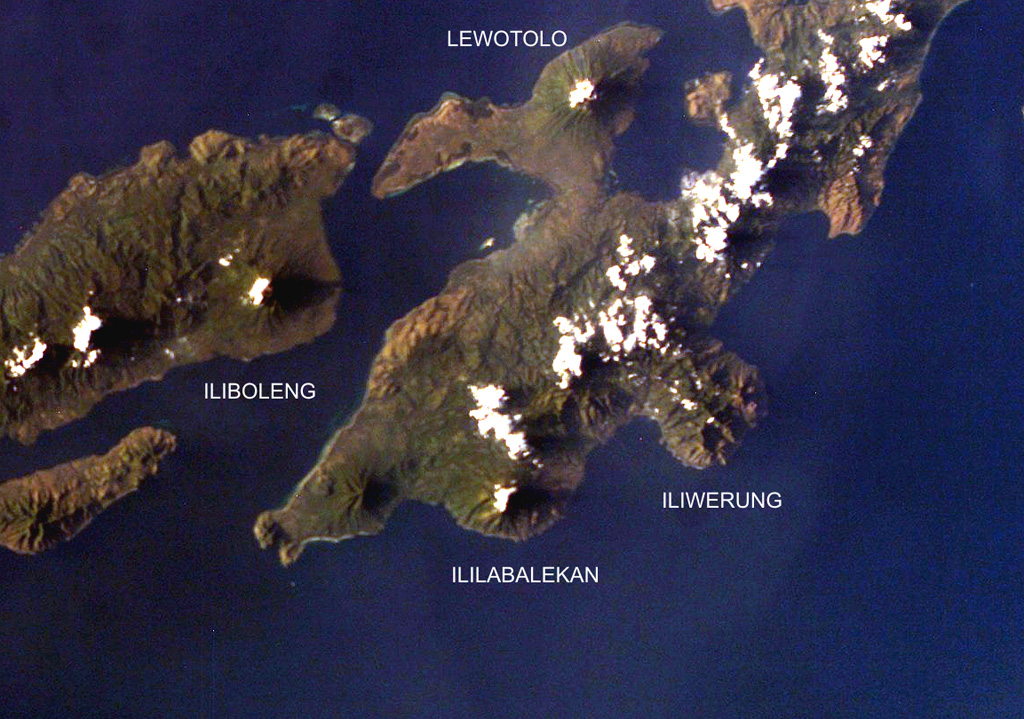
Global Volcanism Program

Number of unique volcanic hazard maps in the database sorted by Global

Plume from Lascar volcano, April 1993 eruption. NOAA image. (Source
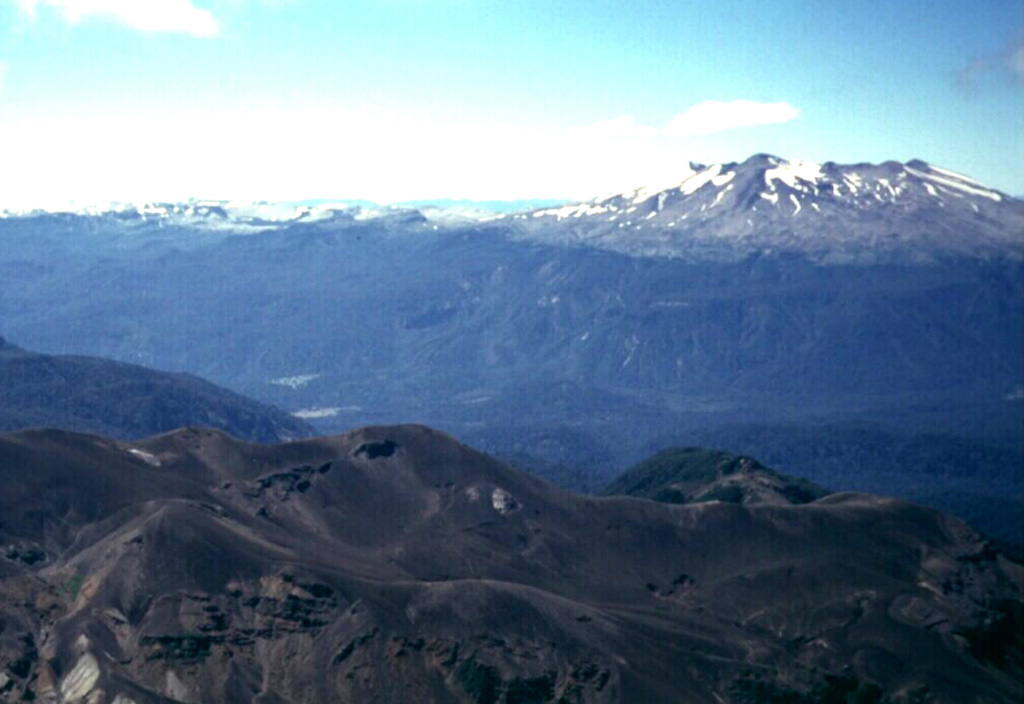
Global Volcanism Program

Map of study area. (a) Regional map of Chile and Argentina with
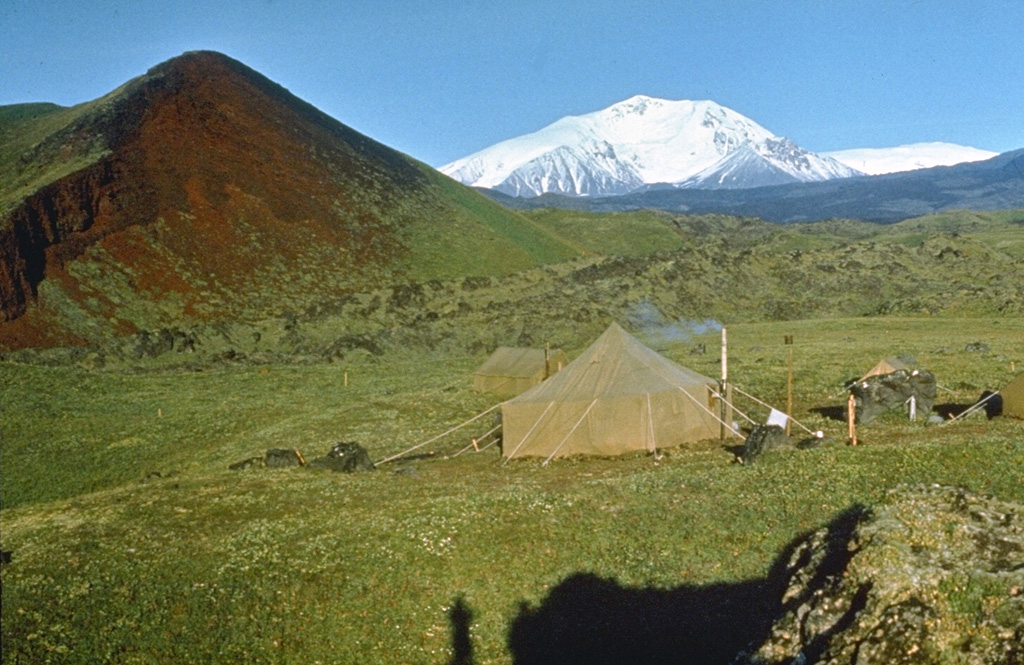
Global Volcanism Program

a) The Danakil depression in northern Afar with Holocene volcano

Global Volcanism Program

Global Volcanism Program

Global Volcanism Program - Interested in what volcanoes are active? The GVP Current Eruptions page lists all of the ongoing eruptions (43 as of 13 July), with links back to each volcano
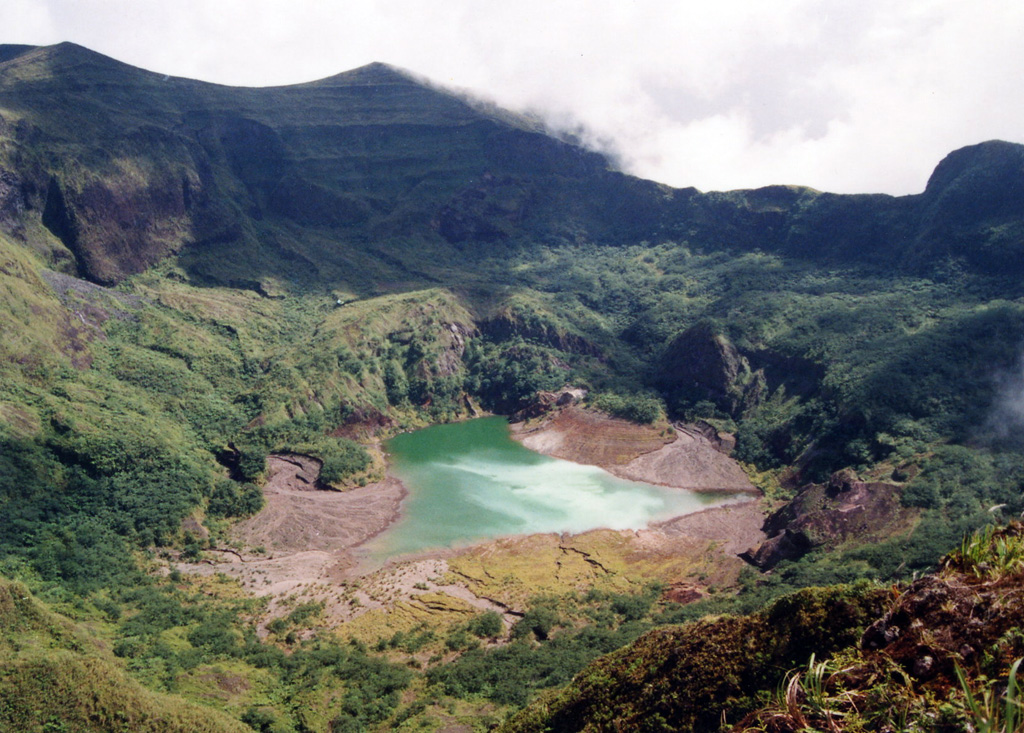
Global Volcanism Program
Holocene active volcanoes (Global Volcanism Program of the Smithsonian
Recomendado para você
-
Copa do Mundo Feminina 2023: todos os resultados e tabela completa02 setembro 2024
-
 Italy serie B sticker pack - Telegram Stickers Library02 setembro 2024
Italy serie B sticker pack - Telegram Stickers Library02 setembro 2024 -
 Premier League, Campeonato Italiano, Série B Saiba onde assistir aos eventos esportivos de segunda02 setembro 2024
Premier League, Campeonato Italiano, Série B Saiba onde assistir aos eventos esportivos de segunda02 setembro 2024 -
 RaceRoom Racing Experience on Steam02 setembro 2024
RaceRoom Racing Experience on Steam02 setembro 2024 -
 Vôlei: Brasil vence Itália no tie-break e garante vaga em Paris-202402 setembro 2024
Vôlei: Brasil vence Itália no tie-break e garante vaga em Paris-202402 setembro 2024 -
 Serie B italiana vai iniciar 'revolução' com cartão verde por bom02 setembro 2024
Serie B italiana vai iniciar 'revolução' com cartão verde por bom02 setembro 2024 -
 Perugia x Gubbio, Grupo B, Serie C NOW, Jogo completo02 setembro 2024
Perugia x Gubbio, Grupo B, Serie C NOW, Jogo completo02 setembro 2024 -
 Paysandu x as: onde assistir ao vivo e horário do jogo pela02 setembro 2024
Paysandu x as: onde assistir ao vivo e horário do jogo pela02 setembro 2024 -
 eBooks Kindle: Serie B 2018/2019: Tutto il calcio in02 setembro 2024
eBooks Kindle: Serie B 2018/2019: Tutto il calcio in02 setembro 2024 -
 The Brady Bunch (TV Series 1969–1974) - IMDb02 setembro 2024
The Brady Bunch (TV Series 1969–1974) - IMDb02 setembro 2024
você pode gostar
-
 Ryan Johnson Net Worth, Age, Height, Weight, Family, Wiki 2023 - Biography02 setembro 2024
Ryan Johnson Net Worth, Age, Height, Weight, Family, Wiki 2023 - Biography02 setembro 2024 -
 Five Tribes - Os Gênios de Nagala - Galapagos Jogos02 setembro 2024
Five Tribes - Os Gênios de Nagala - Galapagos Jogos02 setembro 2024 -
 História Sei lá memes - Pelos suvacais nos animes - História escrita por _Laurah_ - Spirit Fanfics e Histórias02 setembro 2024
História Sei lá memes - Pelos suvacais nos animes - História escrita por _Laurah_ - Spirit Fanfics e Histórias02 setembro 2024 -
 Pokemon Scarlet & Violet Review02 setembro 2024
Pokemon Scarlet & Violet Review02 setembro 2024 -
 Códigos secretos de Netflix para filtrar contenido más rapido02 setembro 2024
Códigos secretos de Netflix para filtrar contenido más rapido02 setembro 2024 -
 what are abba penalties in fifa 23|TikTok Search02 setembro 2024
what are abba penalties in fifa 23|TikTok Search02 setembro 2024 -
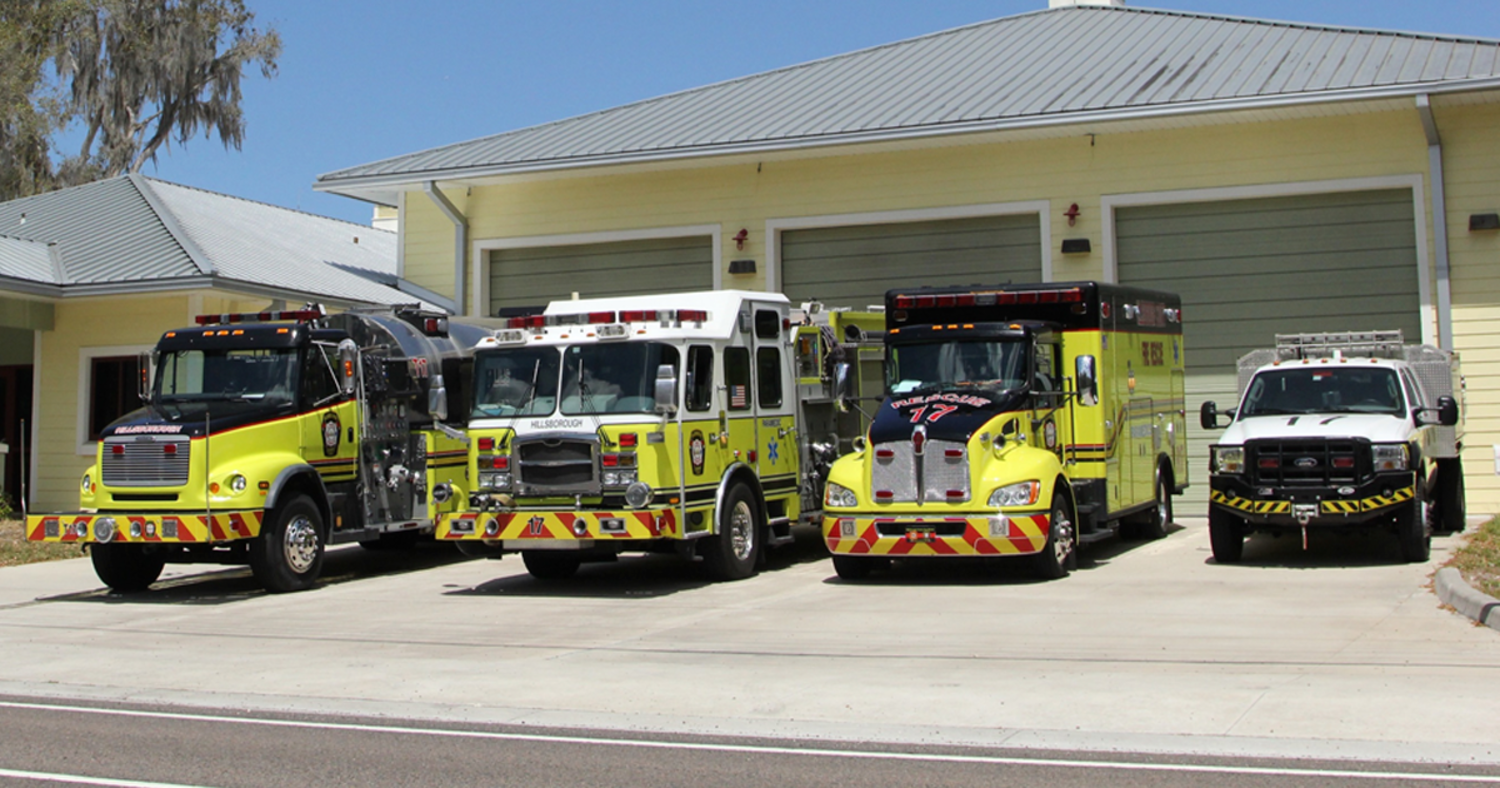 Replacement Fire Station Will Expand Hillsborough County's Reach and Shorten Response Times - Westchase WOW02 setembro 2024
Replacement Fire Station Will Expand Hillsborough County's Reach and Shorten Response Times - Westchase WOW02 setembro 2024 -
 House of the Dragon The Rogue Prince (TV Episode 2022) - IMDb02 setembro 2024
House of the Dragon The Rogue Prince (TV Episode 2022) - IMDb02 setembro 2024 -
 One Piece RED' cai para a 5ª posição na bilheteria nacional02 setembro 2024
One Piece RED' cai para a 5ª posição na bilheteria nacional02 setembro 2024 -
 Conheça os 'pro players', os atletas de jogos eletrônicos - Superesportes02 setembro 2024
Conheça os 'pro players', os atletas de jogos eletrônicos - Superesportes02 setembro 2024
